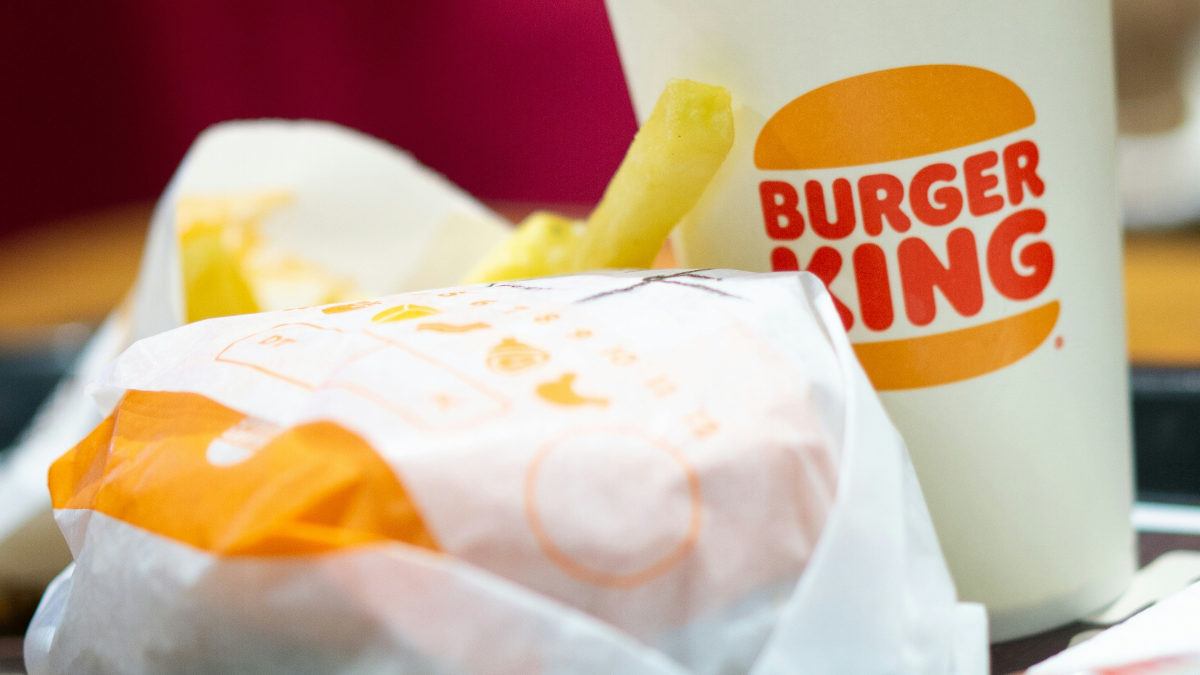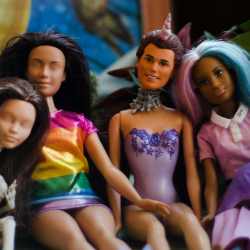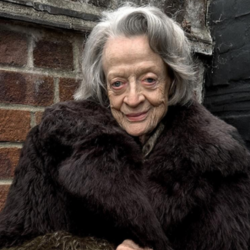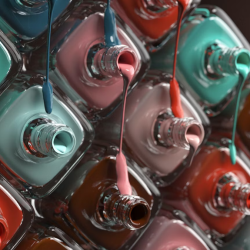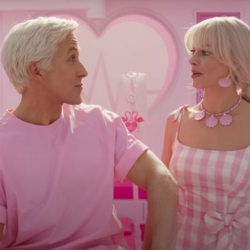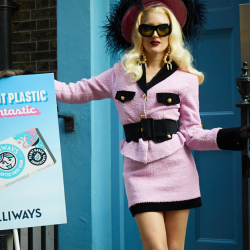What can an improbably shaped plastic doll and our chunky PM possibly have in common? Quite a lot, as it turns out. Both are carefully managed brands and both have image problems: times have changed making their schtick look out of touch.
Barbie’s princessy blondeness seems like a hangover from a pre-feminist, pre-multicultural age. Boris’s “born to rule over you”, Old Etonian, blonde dishevelment no longer strikes the right note. Boris has been unable to “do an Angela Merkel” and be dull, but meritocratic and well on top of “The Science”. He has called on a couple of wingmen — Vallance and Witty — to make policy look rational and considered.
But no one is fooled.
The big difference is that Barbie has faced down her problems and pulled off a brilliant makeover. So good was her relaunch in the USA that she won the top award from the brainboxes at the Account Planning Group. A tough prize to win. Not so empty-headed after all. Our PM admires Peppa Pig, but Barbie should be his guide.
Here are Barbie’s top tips:
Resist just being tactical to win today’s headlines
“New Year, New Hairstyle, New Boris” is just a short-term tactic. Plenty of journos and back benchers are calling for a new year relaunch – but it will get blown away by the next round of bad headlines, such is the lot of any government.
Call in the adfolk to develop a systematic strategy
Sure, you need some ex-journos on your team to manage the feral beast that is the free media. But “message discipline” has to add up to something. Very few journos understand this, as their heads are well down in the muddy trenches of tomorrow’s headlines.
But advertising types (and Dominic Cummings) do. Advertising in the UK is “world class” to use a Boris-ism. Margaret Thatcher knew this and called on some of the best of her day. Adfolk think systematically about how image is formed and developed. Not just one tactic, but a coherent set of actions that shift image.
Changing the image of a famous brand is like turning around a super-tanker
It’s difficult and takes time and a required concerted action in a specific direction. All the levers of image formation need to be pulled to make a difference – and to add up to something bigger than their individual elements.
Barbie’s big lesson is that she did not just find one magic bullet that made all the difference, she did several different things. Some of these were actions and some were stories. Each made sense of the other.
Big new news
Barbie launched three new shapes: tall, curvy and petite (alongside the original doll) and got coverage on the front page of Time magazine. It is what adfolk call “a symbol of re-evaluation”: radically new news that gets you to think differently about a brand.
Faces communicate meaning fast so Boris might be tempted radically to change his cabinet. But this will look like desperation without the other elements of the strategy in place. Harold McMillan tried it in his so-called “night of the long knives” in 1962, when he changed half his cabinet. It was seen as ruthless and opportunistic (“Greater love hath no man than this that he lay down his friends for his life” said Jeremy Thorpe). A team change is needed but only when “the why” is clear. More on this in a moment.
Be seen in different places with different faces
This was Barbie’s other surprise. She started to run ads in American Football games – featuring dads playing Barbie with their daughters. The sugary pink world of princesses was firmly abandoned. She popped up in surprising places with a new message for an underserved audience. (She did not go as far as to feature boys playing with Barbies but perhaps next she will see gender fluidity as an opportunity.)
Barbie reminds us of an important truth of image management — where you are seen says just as much about you as what you say.
Boris’s natural habitat is bellowing in the House of Commons (in a vain attempt to appease his back benchers). He does get out and about wearing PPE in hospitals. As HS2 progresses he will be eager to wear some high-vis jackets and hard hats on building sites. But, nowadays, these sorts of personal appearances are expected. (George Osborne could not resist donning this gear when he was talking up the “northern power house”.)
Perhaps more visits to Scotland, championing the union, to receive a thin-lipped welcome from The First Minister. It’s not where you would expect to see Boris on a regular basis, and that makes it a good tool of image management. But do this when you have laid the groundwork and explained why.
Barbie did answer the question why, brilliantly
Why does Barbie exist? Because the company believes that by playing with the doll a girl’s imagination can be fired up: “a girl can be anything she wants to be.” Without the why, all of the above are merely tactics. The why makes all these marketing events make sense. And Barbie brought her meaning alive in a brilliant and heart-warming film called “Imagine the possibilities” that garnered 50 million views on YouTube.
What is Boris’s ‘why’ now?
“Levelling up?” It sounds like at Infrastructure project that favours the north over the south — and both parts of the country are going to be disappointed. A really good why enables others participate in giving it meaning. It is inclusive. It is a platform that others too can dance on. Like “Take back control” (a good idea, even if you disapprove of it). Nigel Farage could use it to talk about controlling immigration.
High-minded types saw it as a way of returning power to our institutions. Free traders dreamt of breaking the shackles of European trade arrangements and signing new deals around the world. “Take back control” unleashed all manner of fantasies and chimed with a population sensing that change was too fast and was skittering out of control.
A new vision, a new ‘why’ is needed.
The Barbie relaunch strategy is a potent blend of classic advertising strategy — beautifully told stories about the brand’s raison d’etre — and modern behavioural science. Disruptive news and actions, to make us stop and think.
Memo to Boris: follow Thatcher’s example and call in the strategy brains. A new challenge for Sir John Hegarty (great adman) and Rory Sutherland (Behavioural science expert) perhaps? Dom is quite good at this stuff, but my guess is that Johnson and Cummings are not talking.
Start working on the why and then build all your tactics and policies around it. This is easier said than done in the bearpit of government. But without strategy, someone else will write your script. Or, as Harold McMillan (another O.E.) said, you will be the victim of “Events, Dear Boy, Events”.


























